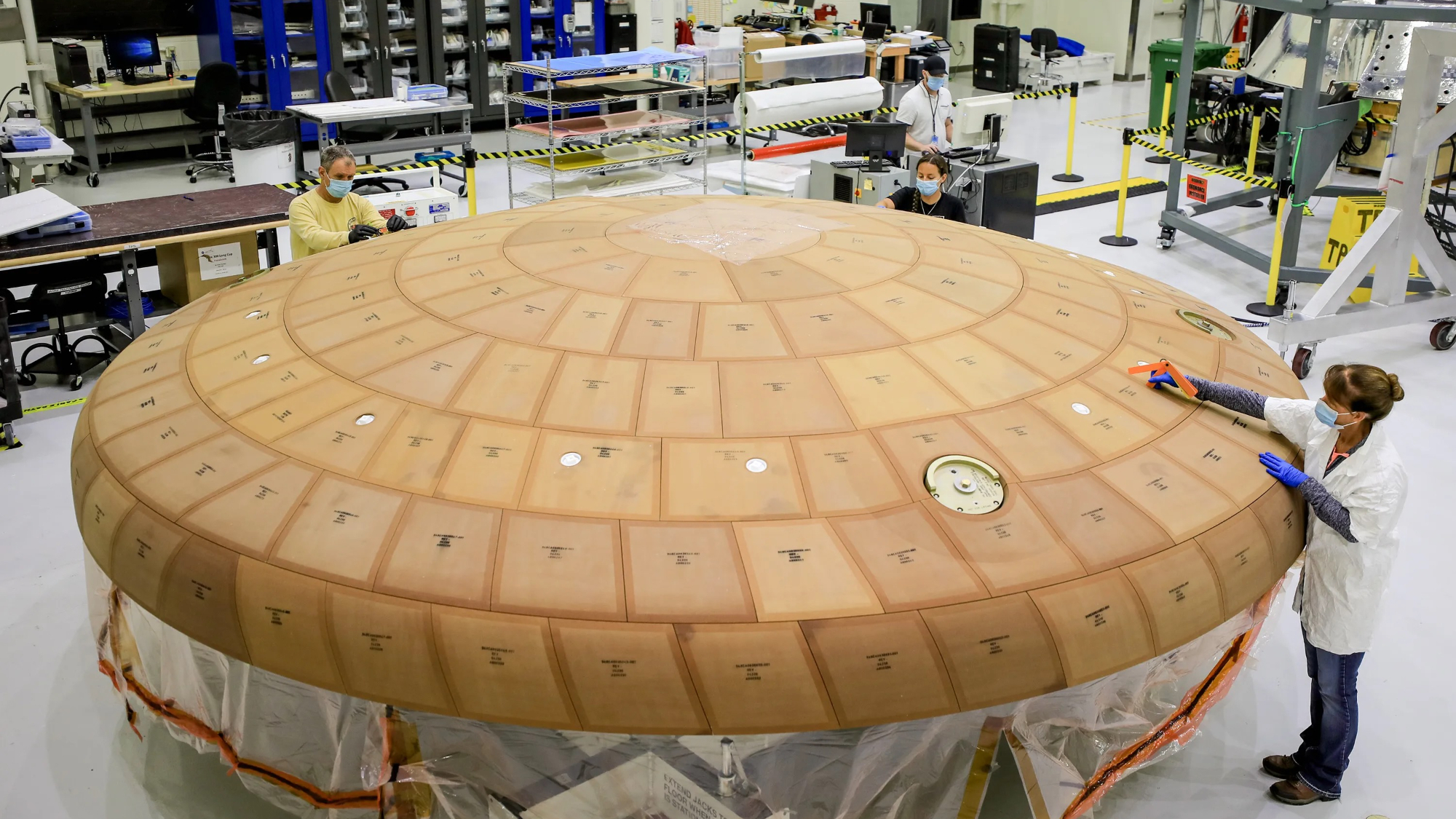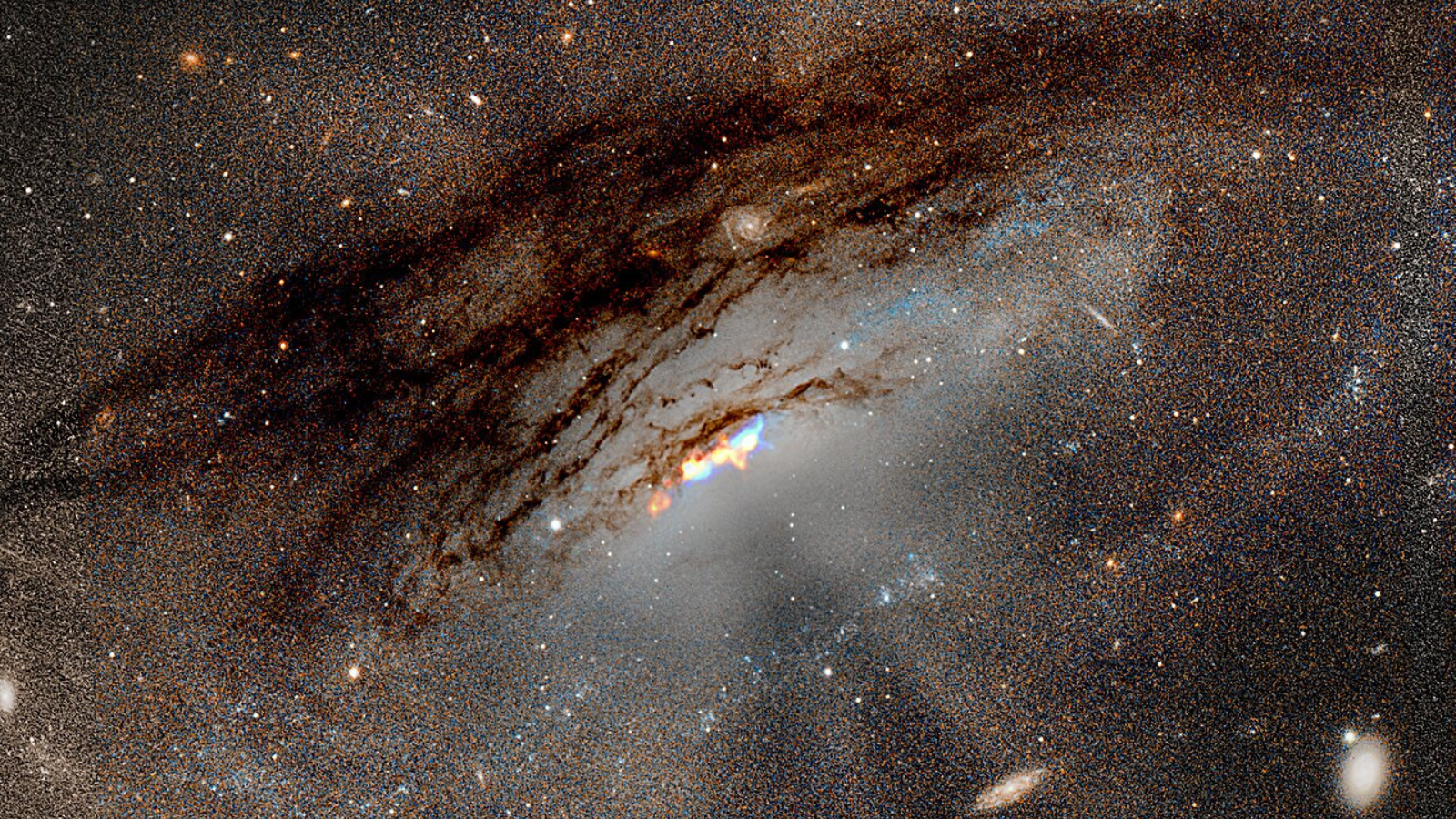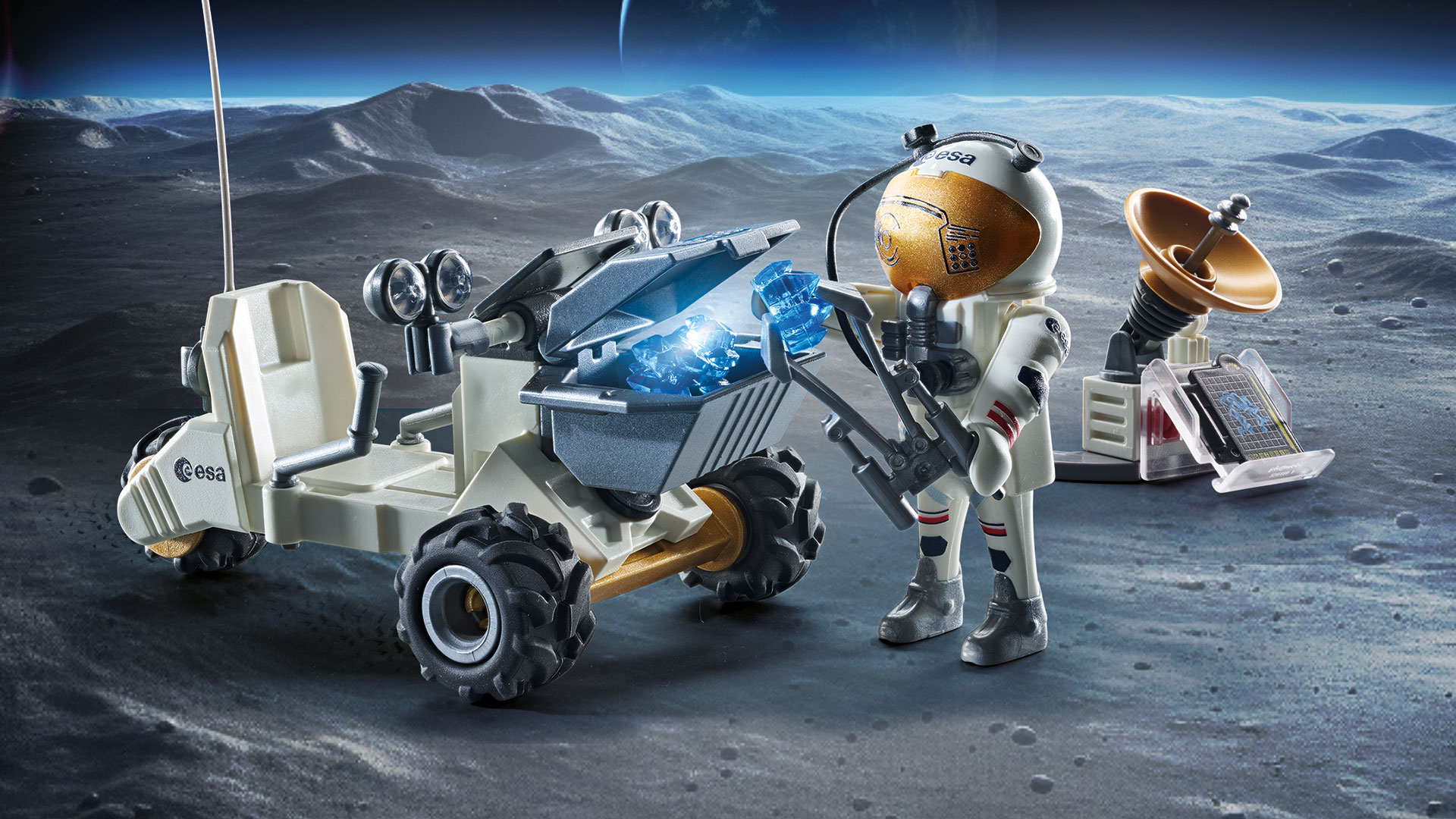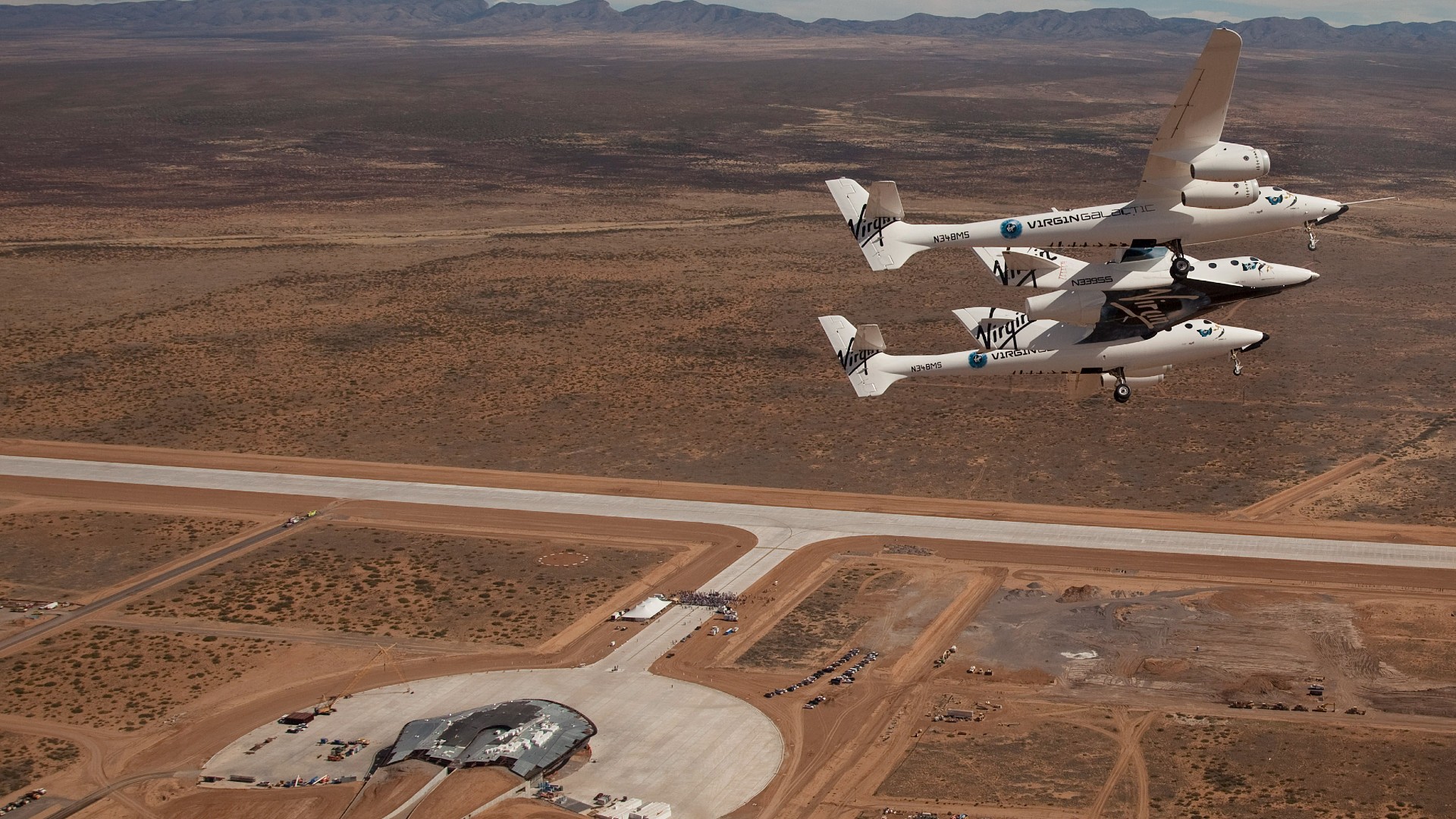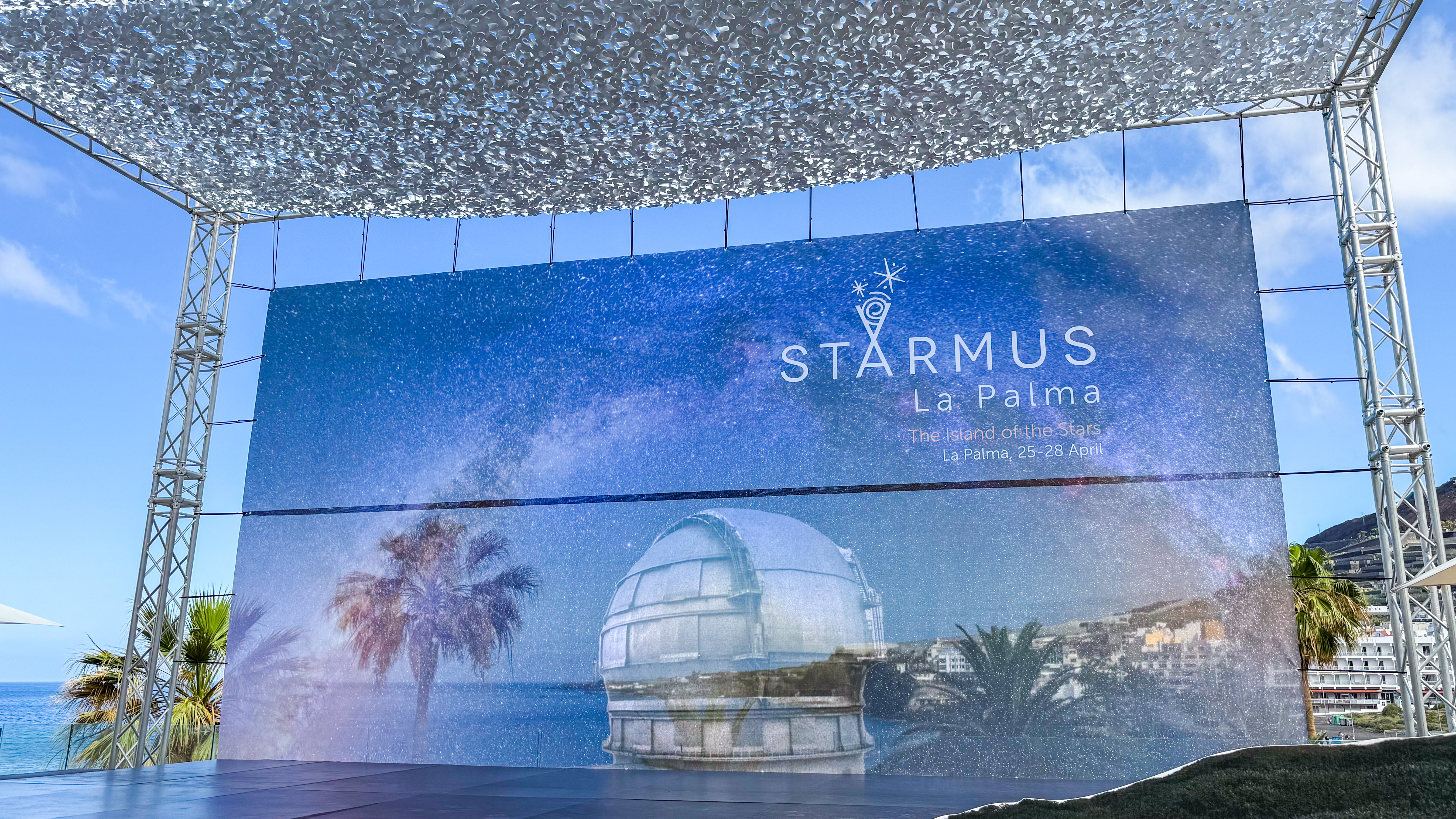Seawater Holds Clues to Asteroid Impacts
Asteroidsthat strike Earth have cosmic origins, but clues to the size of ancient impactorsnow have come from a decidedly Earth-bound source: the chemistry of ancientseawater.
Asteroidsand other extraterrestrial objects have struck Earth countless times over its multi-billion-yearhistory, but most have left little visible trace. Though thesecosmic projectiles pack a wallop when they collide with our planet, they oftenvaporize on impact or fall into the ocean, making it hard to find any resultingcraters and estimate their size.
However, theimpactors may leave behind certain chemical traces in ancient ocean-floorsediments that can act as a telltale sign of their impact and record what wasfloating around in the seawater in the distant geologic past.
The newstudy, detailed in the April 11 issue of the journal Science, has foundhigher levels of a particular isotope of the element osmium in ocean sedimentlayers that correspond to the timing of known impacts.
"Soit's like a label in the ocean," said study leader Francois Paquay of the University of Hawaii.
When an asteroidhits, it vaporizes into miniscule particles "and everything rains downin the ocean," Paquay explained. By examining the ratios of two osmiumisotopes in ocean sediment cores, scientists can identify points in ourplanet's history when there was an impact.
They canalso use the isotope levels to estimate the size of impactors. Interestingly, Paquay'sestimates are at odds with those from model projections taken from known cratersizes, such as the Chicxulubcrater thought to be made by an asteroid impact that led to the extinctionof the dinosaurs. Paquay's study estimates this asteroid was about 2.5 to 3.7miles (4 to 6 kilometers) in diameter, but previous estimates from models putit at a whopping 9.3 to 12 miles (15 to 19 kilometers). Paquay says he isconfident in estimates made by his method and that further research willeventually square the estimates made with different methods.
Get the Space.com Newsletter
Breaking space news, the latest updates on rocket launches, skywatching events and more!
The newmethod could also be used to find the signatures of unknown crater impacts.
"Wehope to find more of these deep ocean impacts," Paquay told SPACE.com.
- Video: Take One Asteroid
- All About Asteroids
- Images: Asteroids
Join our Space Forums to keep talking space on the latest missions, night sky and more! And if you have a news tip, correction or comment, let us know at: community@space.com.

Andrea Thompson is an associate editor at Scientific American, where she covers sustainability, energy and the environment. Prior to that, she was a senior writer covering climate science at Climate Central and a reporter and editor at Live Science, where she primarily covered Earth science and the environment. She holds a graduate degree in science health and environmental reporting from New York University, as well as a bachelor of science and and masters of science in atmospheric chemistry from the Georgia Institute of Technology.
